More than two years since the Supreme Court overturned Roe v. Wade and Planned Parenthood v. Casey, there remains little consensus among Republican politicians or conservative activists as to what, exactly, the policy response should be—or what the purpose of the movement even was in the first place. Is the Constitution simply agnostic on abortion, such that principles of federalism commit this question to the judgment of each individual state, or is the plight of the unborn too dire a matter to simply let Texas be Texas and California be California? At the debate Tuesday night, even Donald Trump seemed unsure of his own mind on the issue, insisting that he opposed a national abortion ban but then repeatedly declining invitations to say he’d veto the legislation if it reached his desk.
In his concurrence in the Supreme Court’s Dobbs decision striking down Roe and Casey, Justice Brett Kavanaugh articulated the traditional position of the conservative legal movement—the position the Federalist Society was established to forward: The Constitution leaves the issue of abortion “for the people and their elected representatives to resolve through the democratic process in the States or Congress.” Per Kavanaugh, “the Court's decision [in Dobbs] does not outlaw abortion throughout the United States. On the contrary, the Court's decision properly leaves the question of abortion for the people and their elected representatives in the democratic process.” Dobbs “therefore does not prevent the numerous States that readily allow abortion from continuing to readily allow abortion.”
But not all those who cheered the result are satisfied with Kavanaugh’s compromise, under which federalism allows Illinois to permit abortion freely while Florida bans it after six weeks of pregnancy. Soon after Dobbs, Sen. Lindsey Graham proposed a national 15-week ban, with the support of a number of prominent Republicans, including Josh Hawley, Marco Rubio, and future vice presidential nominee J.D. Vance.
The core conservative critique of Roe was always that it was bad law because the federal government, and particularly federal judges, simply do not have the power to set abortion policy either way. As Judge Robert Bork explained, “not only did I have no desire to [ban abortion], but I had no power to do it. If you overrule Roe v. Wade, abortion does not become illegal. State legislatures take on the subject.” When the Supreme Court upheld the federal ban on partial-birth abortion, Justices Clarence Thomas and Antonin Scalia filed a concurring opinion suggesting that, if the pro-choice lawyers had actually thought to make a federalism argument about the limits of the federal government’s power to regulate abortion, they might have actually voted for them. The new push for a national abortion ban from the right falls prey to precisely the critique leveled against Roe for decades: that this isn’t actually any of the federal government’s business either way.
Trump squares the federalism circle by continuing to insist that, as he reiterated at the debate, “Every legal scholar, every Democrat, every Republican, liberal, conservative, they all wanted this issue to be brought back to the states.” This is, of course, simply not true. There have been a token handful of liberal critics of Roe over the years. John Hart Ely famously objected that the decision was “not constitutional law and gives almost no sense of an obligation to try to be.” This does not dissuade the former president from claiming otherwise with the confidence of the real estate agent who insists the crumbling wood beams right in front of your eyes definitely aren’t suffering from termite damage.
It turns out Schoolhouse Rock! covered the separation of powers and the legislative process, but never got around to federalism, so a brief refresher for those who didn’t pay attention to the civics education their high school probably didn’t provide: Each state—California, Florida, Pennsylvania, Wyoming, even Connecticut—is a separate and independent sovereign entitled to write its own laws and govern its own affairs. The “13 colonies” of the original American revolution were separate colonies, with separate governments. The United States is a union of those sovereigns, which conceded some of their governmental authority to the overarching federal government. The Constitution defines that federal government as expressly limited to its specific enumerated authorities and powers—it would provide for common defense, and a common economic market (what we would now think of as a free trade zone) but respect each state’s prerogative over local affairs. In other words, the federal government was responsible for interstate and international affairs, and the internal affairs of states were to be handled internally.
Much of this still holds—most of the law governing the day-to-day affairs of most people reading this is state law: marriages, child custody, wills and trusts, murder and rape and robbery, car accidents and medical malpractice—all are up to the jurisdiction where you live. The scope of the federal government was intended to be much smaller, but has metastasized over the centuries, both gradually but also in two particularly big jumps: first after the Civil War, when the federal government first began actively protecting certain civil rights in states that declined to respect them, and most importantly during the New Deal when the Supreme Court transfigured the Constitution’s “Commerce Clause” from its intended role as a regulation of trade between jurisdictions into a general authority to regulate anything that might count as economic activity by some definition.
Incredulity at this overreading of federal authority was a foundational premise of the conservative legal movement. Many of its early successes involved explicitly curtailing the old New Deal consensus that federal power is, for all practical purposes, unlimited. Indeed, many of its recent successes have derived from the same premise: that the federal government’s regulatory authority over local affairs must be circumscribed, particularly where it reaches beyond the responsibilities Congress has actually entrusted to it. The Centers for Disease Control and Prevention doesn’t get to unilaterally declare itself the nation’s rental housing regulator. The Occupational Safety and Health Administration doesn’t get to invent some new authority to mandate mass vaccination as some supposedly natural extension of their authority to regulate the height and stability of railings on catwalks (disclosure: I worked on one of the cases responsible for blocking the OSHA mandate that would have required workers to be vaccinated or tested weekly for COVID). When a bitter wife attempts to poison her husband’s pregnant mistress with photo development chemicals ordered from Amazon, that’s a boring local attempted murder or assault, as much as federal prosecutors might enjoy treating it as a terrorist attack under the Chemical Weapons Convention (yes, that is a real case).
“We are not ever going to all agree about anything—any more than the Czechs and the Estonians find themselves in unity. Federalism is an at-least partial solution to this—or can be, if we let it: There is a branch of the multiverse where California gets to be progressive and Texas gets to be conservative and we let a thousand freak-flag-shaped flowers bloom.”
The beauty (and for some, the horror) of federalism is it sauces both goose and gander. In 1993, President Bill Clinton signed the Brady Handgun Violence Prevention Act, which created the modern background check system for firearms purchases, under which the dealer must run your name against the federal government’s national database to check if you are ineligible to buy the gun. But there was a problem: No such national database existed—this was 1993, the World Wide Web had been available to the general public for only a few months. For the five years it took the FBI to figure that out, the Brady Act provided that gun dealers would submit the background check forms to local law enforcement, who were required to perform the background check using whatever local or state records they had available. Sheriff Jay Printz of Ravalli County, Montana, objected to this arrangement, and the Supreme Court agreed with him, finding that the federal government may not commandeer local officials to do its work—it can ask nicely, and provide incentives (usually big piles of money), but law enforcement and other local and state officials work for their state and local governments and are not answerable to the president or Congress.
Conservatives quite liked that decision. They were less excited when law enforcement in progressive jurisdictions started announcing they would decline to participate in federal immigration enforcement—that they would be “sanctuary cities,” where people in the country illegally could interact with local police without worrying they’d be turned over to Immigrations and Customs Enforcement. But this is the same principle: The cops in San Francisco and Chicago don’t work for the federal government, and therefore the federal government is not entitled to demand any particular assistance from them. There are limits to this—mainly that local officials are not entitled to obstruct immigration enforcement. But neither could Sheriff Printz obstruct the enforcement of federal firearms laws—the feds couldn’t make him lift a finger to do the background check himself, but he couldn’t stand in the way of their own enforcement actions.
One can still see the pre-New Deal understanding of the federal government’s intended role in various vestigial statutes. Transportation workers—rail, airlines, etc.—are not covered by the 1935 National Labor Relations Act that protects union organizing for other private sector workers. Instead they are governed by the earlier Railway Labor Act, which was limited to workers engaged in interstate commerce like, well, trains because that’s all the federal government was understood to be able to regulate in 1926. The Federal Arbitration Act puts a strong thumb on the scales in favor of arbitration agreements, but carves out “contracts of employment of seamen, railroad employees, or other classes of workers engaged in interstate commerce,” because those are the only employees the 1925 Congress actually thought it could have an opinion about. Many pro-life conservatives are currently quite excited about the Comstock Act, a 19th century law that by its terms bans “Every article or thing designed, adapted, or intended for producing abortion” from being sent through the mail. The Biden administration’s Office of Legal Counsel issued an opinion soon after Dobbs insisting the Comstock Act doesn’t mean what it sounds like it means—that mailing mifepristone might already be a federal crime—because it was only ever understood to apply to illegal abortifacients, not FDA-approved drugs. Trump has actually sided with the Biden administration on this point.
America is a big place—roughly 90 percent of the landmass of the entire European Union, with about three quarters of the population. We are not ever going to all agree about anything—any more than the Czechs and the Estonians find themselves in unity. Federalism is an at-least partial solution to this—or can be, if we let it: There is a branch of the multiverse where California gets to be progressive and Texas gets to be conservative and we let a thousand freak-flag-shaped flowers bloom. There are of course things we all wish to govern nationally, like the First Amendment, and some things a strong consensus of Americans desires to govern nationally, like the civil rights laws against discrimination in housing and employment. But every issue we nationalize becomes a point on which we must either compromise with or dominate the other side.
Those issues we leave to local levels of control allow not just for disagreement and experimentation, but for what the economists would call exit and voice. If you object to Texas’ abortion ban or California’s Medicaid- and private insurance-covered abortions up to fetal viability, you can move to a place that better supports your values, and you can voice your preference by voting in your local elections (where your vote matters a great deal more)—as large majorities have in favor of abortion at most opportunities since Dobbs.
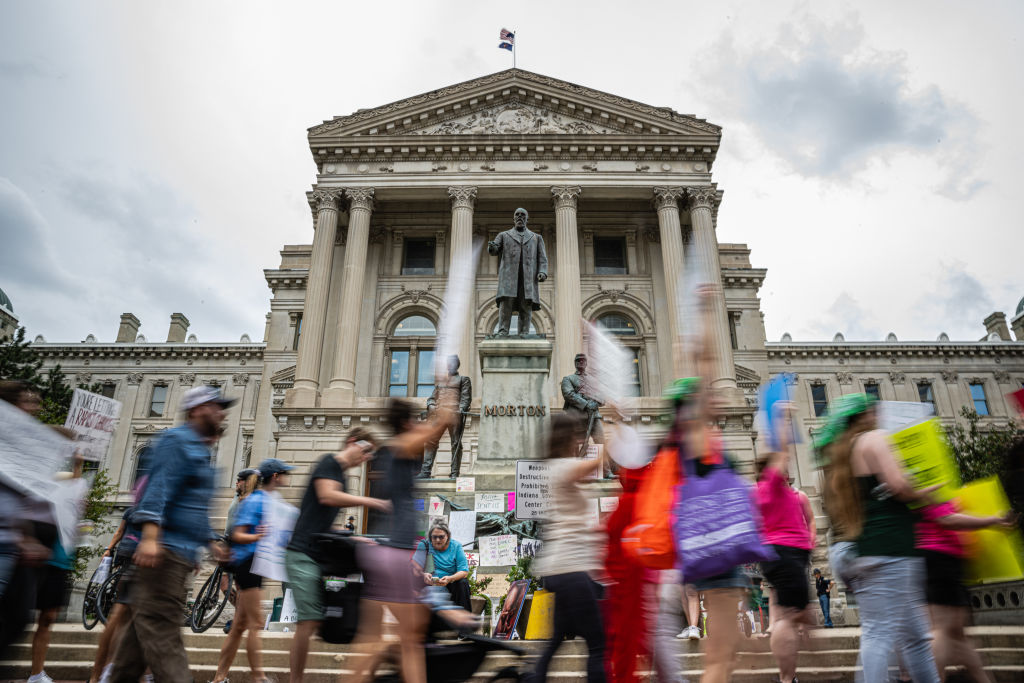
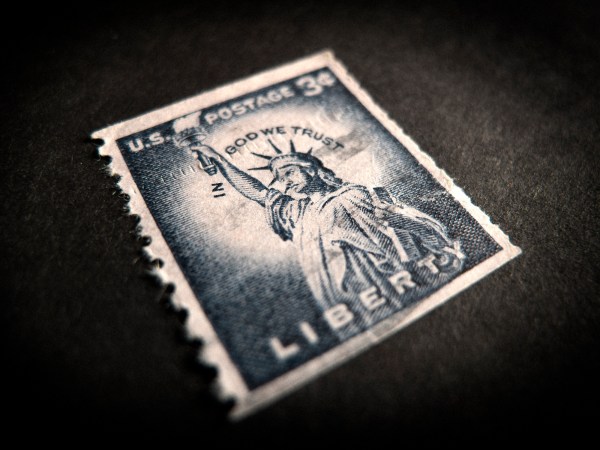
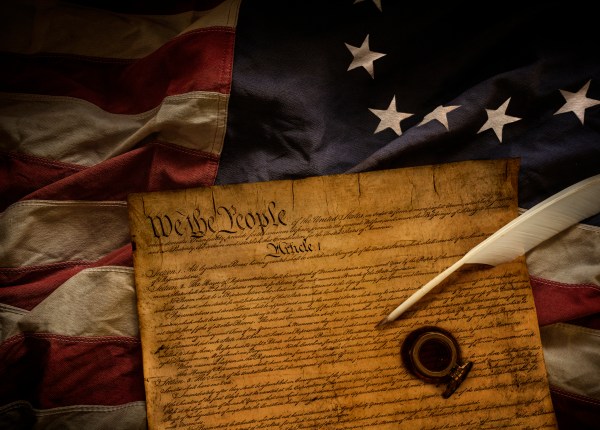
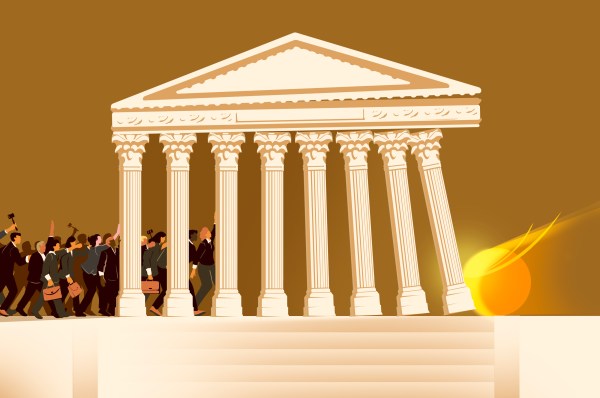
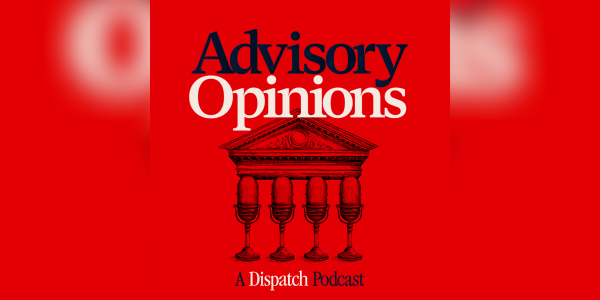
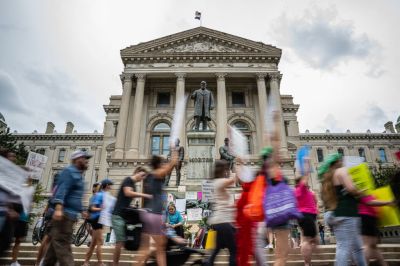
Please note that we at The Dispatch hold ourselves, our work, and our commenters to a higher standard than other places on the internet. We welcome comments that foster genuine debate or discussion—including comments critical of us or our work—but responses that include ad hominem attacks on fellow Dispatch members or are intended to stoke fear and anger may be moderated.
With your membership, you only have the ability to comment on The Morning Dispatch articles. Consider upgrading to join the conversation everywhere.